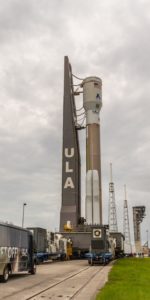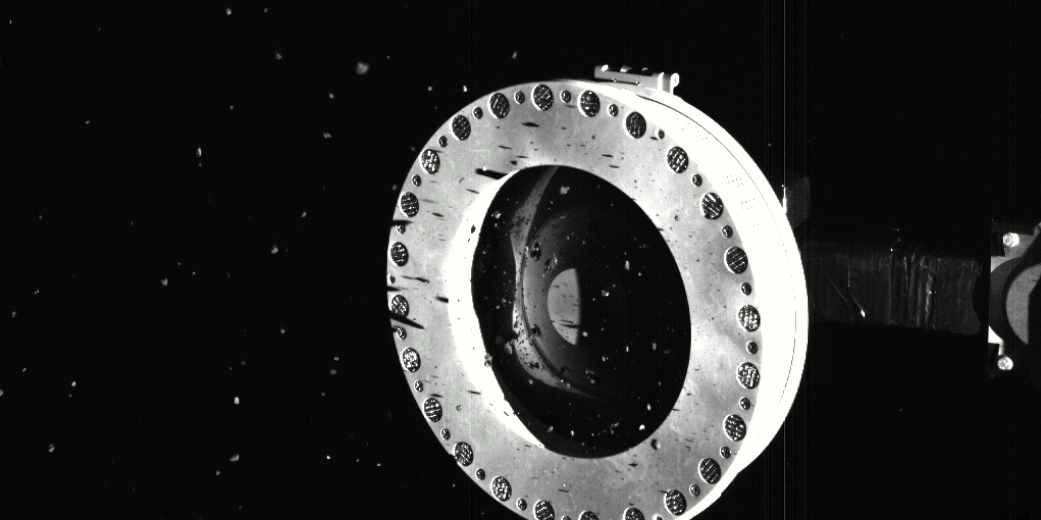
Last Tuesday, Oct. 20, 2020, NASA’s OSIRIS-REx spacecraft successfully “touched” the asteroid Bennu and attempted to collect a sample of the rocky regolith and dust on its surface to later bring back to Earth. This was the first time this kind of asteroid sample-collection has ever been done by a U.S. mission.
“This amazing first for NASA demonstrates how an incredible team from across the country came together and persevered through incredible challenges to expand the boundaries of knowledge,” said NASA Administrator Jim Bridenstine. “Our industry, academic, and international partners have made it possible to hold a piece of the most ancient Solar System in our hands.”
Scientists needed to wait a little afterward to determine whether enough material had been collected, ideally about 2 ounces (60 grams). Otherwise, a second attempt would be made in January 2021. Images that came back from the SamCam camera a couple days later, on October 22, confirmed that the sample collection had worked. But there was a slight problem; the procedure had worked too well.
The images of the sample collector head – called the Touch-And-Go Sample Acquisition Mechanism (TAGSAM) – showed that it was full of material, which was great. But the collector head’s “lid,” a mylar flap, wasn’t fully closed. Some larger pebbles or other bits of rock had become stuck, and now the lid was wedged slightly open. The sample collection had become a victim of its own success.
Now, because there are small gaps where the lid isn’t fully closed, tiny particles have been leaking out into space. As of now, there is still a full sample in the collector head, but scientists have been concerned that too much of it might leak out through the gaps. They are now trying to get the sample stowed away inside the Sample Return Capsule (SRC) in the spacecraft as soon as possible.
“Bennu continues to surprise us with great science and also throwing a few curveballs,” said Thomas Zurbuchen, NASA’s associate administrator for science at the agency’s headquarters in Washington. “And although we may have to move more quickly to stow the sample, it’s not a bad problem to have. We are so excited to see what appears to be an abundant sample that will inspire science for decades beyond this historic moment.”
Another concern was that more material may be lost due to movement of the spacecraft, so the mission team decided to delay the Sample Mass Measurement activity originally scheduled for Saturday, October 24, and canceled a braking burn scheduled for last Friday, October 23, in order to minimize any acceleration to the spacecraft. This should now help to keep too much of the material from being lost before it can be safely stored.
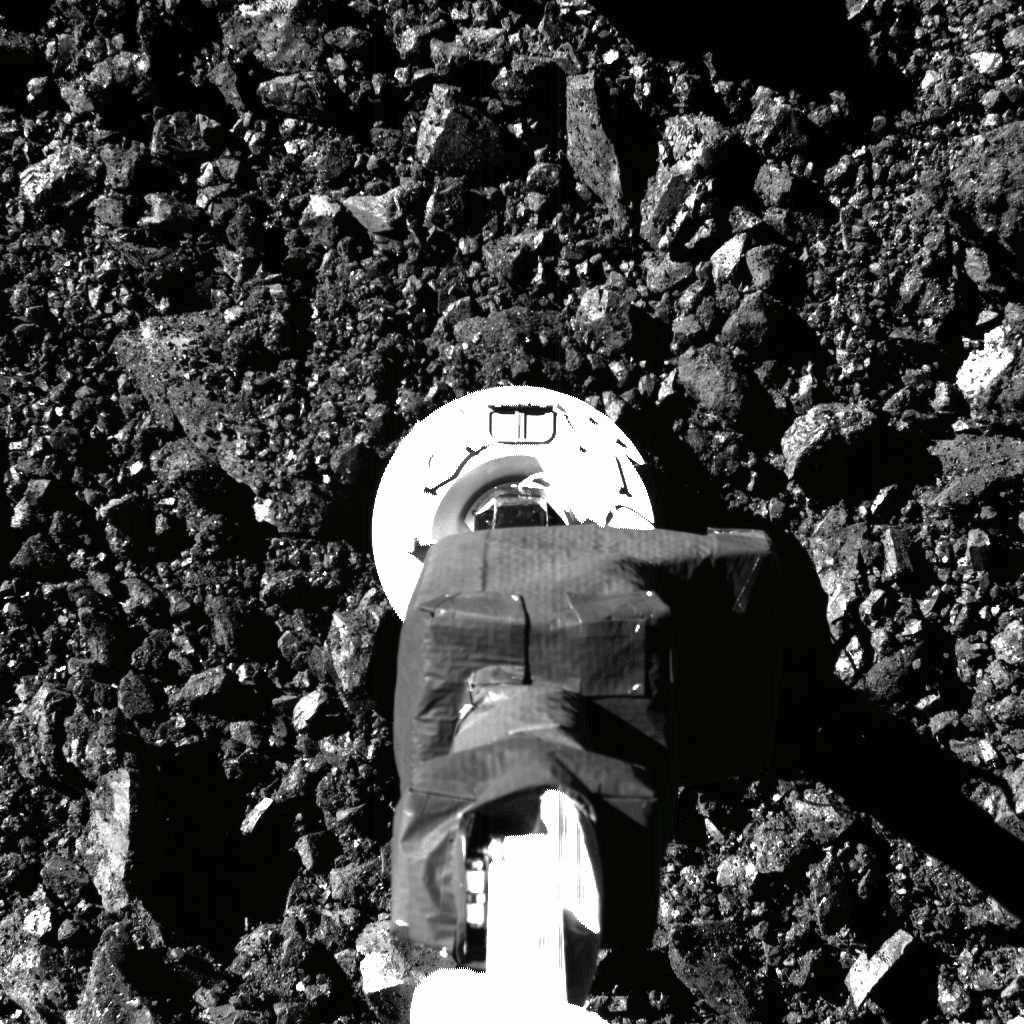
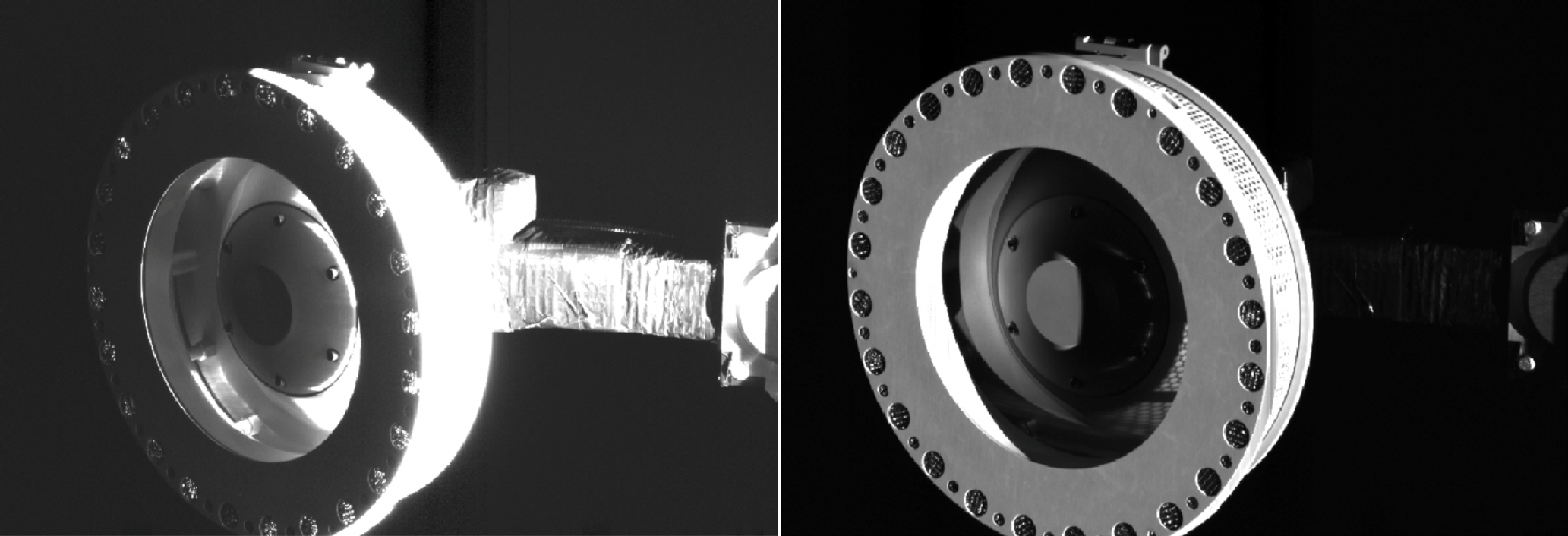
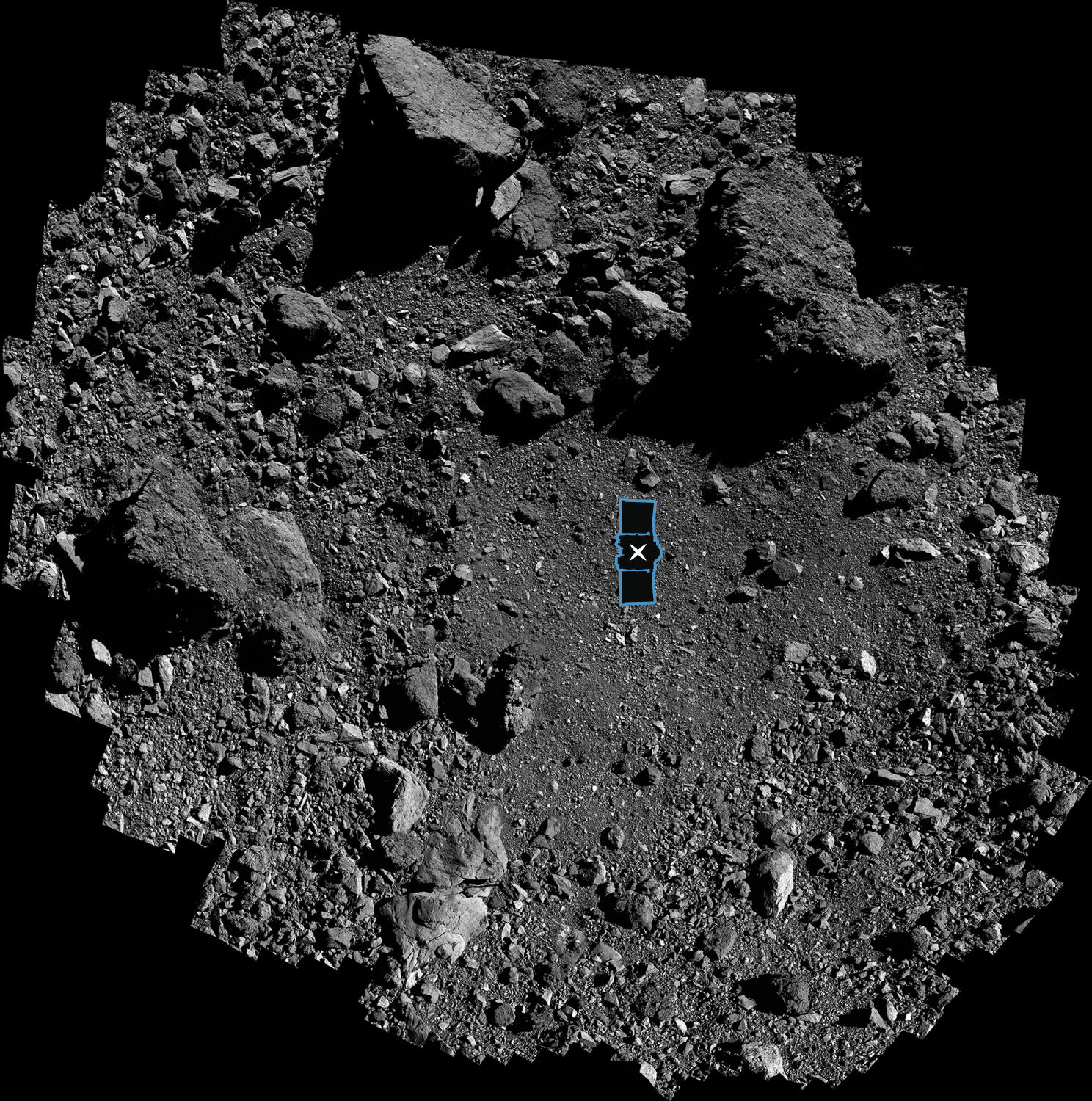
“We are working to keep up with our own success here, and my job is to safely return as large a sample of Bennu as possible,” said Dante Lauretta, OSIRIS-REx principal investigator at the University of Arizona in Tucson, who leads the science team and the mission’s science observation planning and data processing. “The loss of mass is of concern to me, so I’m strongly encouraging the team to stow this precious sample as quickly as possible.”
The collection process itself was brief, as the spacecraft came into contact with the asteroid for only a few seconds, but that’s all that was needed. A large plume of loose material could be seen in the images as the collector head touched Bennu’s surface and stirred up the loose regolith when its nitrogen gas bottle was fired. In Bennu’s very weak gravity, any small disturbance can cause small rocks and particles to go flying into space.
As planned, the collector head was flush with the surface and was able to penetrate several centimeters into the regolith. Data sent back shows that more than the needed 2 ounces of material was successfully collected.
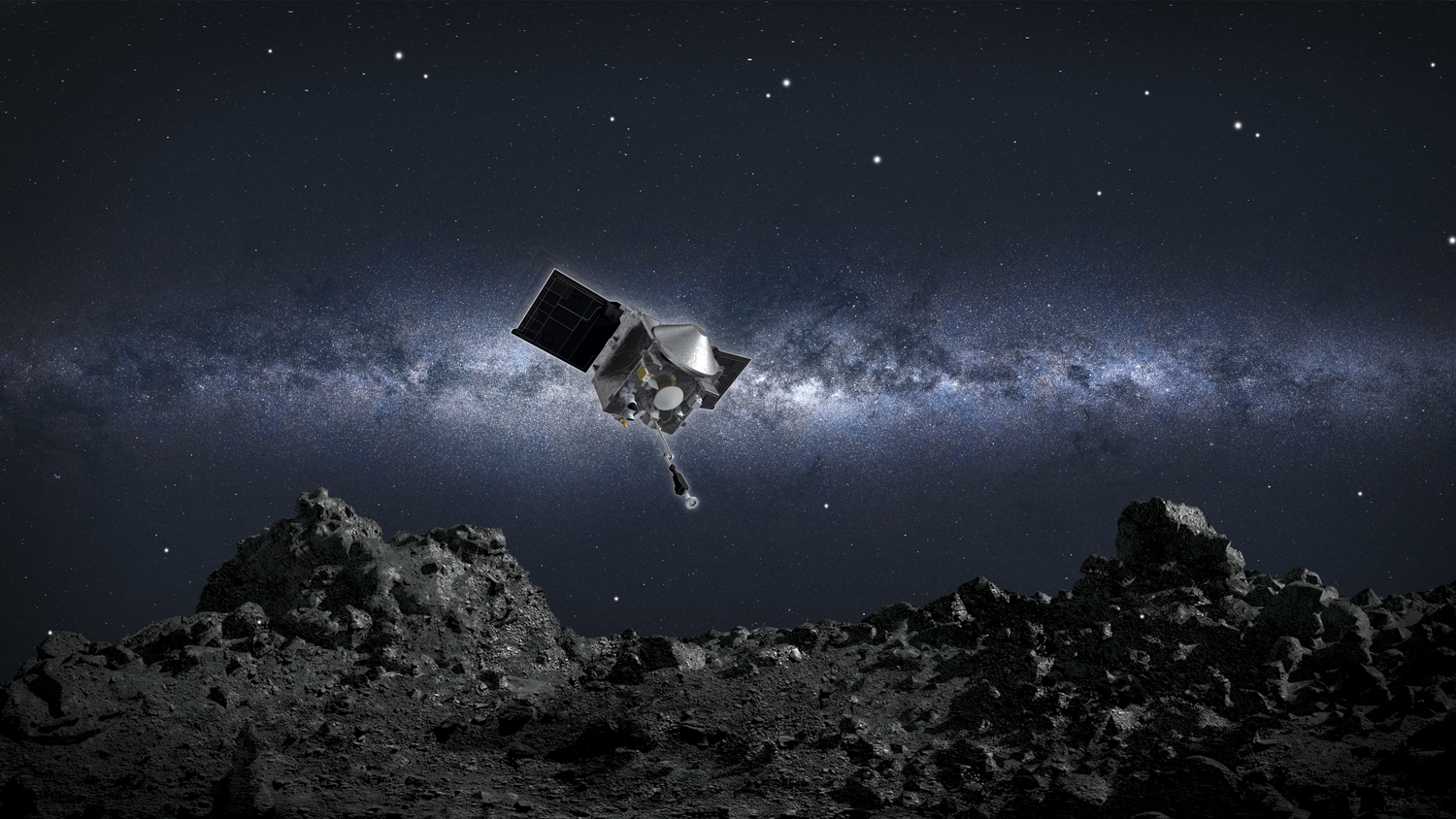
Bennu is characterized as a near-Earth asteroid, 200 million miles (321 million kilometers) from Earth. It is about 0.306 miles (492 meters) across and is estimated to have a 1-in-2,700 chance of hitting Earth sometime between 2175 and 2199.
OSIRIS-REx has found evidence for organic molecules and an ancient hydrothermal system on Bennu, meaning that the original rocky body that the asteroid broke off of billions of years ago contained the ingredients for life. These findings can provide clues as to how life first arose on Earth.
Next March, OSIRIS-REx will begin its journey back home, and arrive at Earth on Sept, 24, 2023. It was launched aboard a ULA Atlas V 411 rocket from Cape Canaveral Air Force Station in Florida on Sept. 8, 2016.
More information about OSIRIS-REx is available on the mission website.
.
.
FOLLOW AmericaSpace on Facebook and Twitter!
.
.
Missions » OSIRIS-REx »




